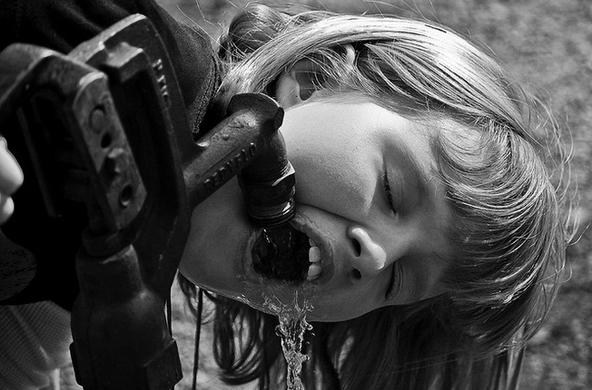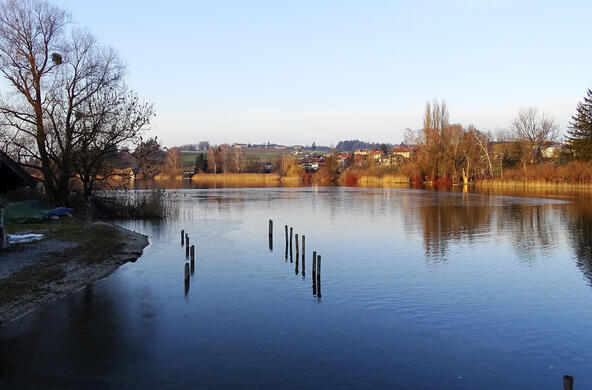It’s hard to find people who aren’t polarized on the issue of hydraulic fracturing or “fracking,” a process used to extract natural gas from shale rock thousands of feet beneath the Earth’s surface. Millions of gallons of water, sand and chemicals are injected underground and natural gas escapes through cracks and fissures in the shale. The exact chemicals used are often unknown, although known carcinogens such as benzene are frequently involved. And the entire process is exempt from the Safe Drinking Water Act, by an action of the Bush administration.
Environmental groups oppose fracking because of concerns about the pollution and depletion of freshwater resources, especially groundwater. Protocols for pre- and post-drilling hydrogeologic surveys, permitting and monitoring should be in place. Proper disposal of “flowback” waters should be ensured. Field experiments in West Virginia showed 56 percent tree mortality in an experimental forest “watered” with hydrofracturing fluids.
Industry groups believe they can conduct hydrofracking with little environmental impact. They believe natural gas is a safe, clean fuel that will resuscitate jobs and economic prosperity. No doubt, natural gas emits much less air pollution and carbon dioxide to the atmosphere than coal for the same amount of electricity.
Truth in the middle
Reality likely lies somewhere between these polarized views. A Duke University study conducted in New York and Pennsylvania found that residential wells near fracking sites had elevated methane, which had an isotopic signature consistent with deep sources. And in Wyoming, the EPA has found fracking fluids in groundwater near mining operations.
Neither of these studies is definitive, but both give me pause. Truth is, there is painfully little science on either side that can be brought to bear on the upcoming decision regarding hydrofracking in the Marcellus shale of New York state. When one is walking down a dark hallway, it pays to go slowly.
The oil and gas industry claims it has the technology to extract gas with minimal environmental risk. If it truly possesses the sophisticated engineering to do this, it should welcome a judicious level of regulation. That would go a long way toward public acceptance of the process. No one wants a bunch of Texas oilmen running roughshod over the landscape, leaving with the profits a few years later. Yet, a few months ago, when I called for careful, science-based deliberation on the process, I was publicly labeled an anti-fracking liberal. Far from it; science needs to inform this decision and moving slowly is a very conservative thing to do.
Regulation needed
Unfortunately, New York state does not have a good and obvious regulatory procedure in place, nor the personnel to monitor large-scale hydrofracking operations. At the very least, these should be operational with the Department of Environmental Protection before the next well is drilled.
Eleven days from now, New York state is scheduled to make a decision that could alter our landscape forever. Let your legislator know how you feel about it.





